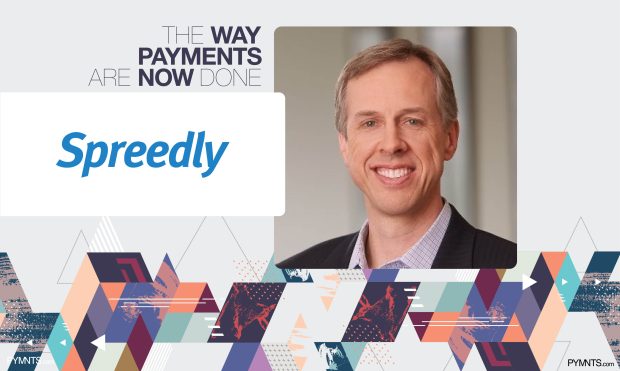The Rise of Platforms (and Payments Orchestration)

What will payments look like in 2022 and beyond? In “The Way Payments Are Now Done,” Randy Guard, chief product officer at Spreedly, joins 32 other payment executives to discuss what payments’ “new normal” looks like. Guard explores how the accelerating pace of customer demand for online channels is quickly making platforms necessary investments for merchants.
In the last year, fueled in part by customers demanding more of their purchases be easily accessible online, platforms are becoming part of the normal payments routine for many merchants and consumers.
COVID pressures have accelerated the move of consumers to online transactions, which has forced merchants to alter their business models to support that shift. But moving online is not a trivial exercise. After all, there are significant complexities in offering services, payments and fulfillment.
That pressure has led to a rapid increase in platforms offering their merchant customers a shortened runway to digital options for selling their goods and services. The accelerating pace of customer demand for online channels is quickly making these platforms necessary investments for merchants.
At Spreedly, we’re fortunate to work with many successful platforms across industries and verticals that are pushing the payments envelope in exciting ways.
Craver, for example, has developed a leading mobile app platform that is helping hundreds of local restaurants engage their customers by offering features such as mobile ordering, mobile payment, rewards and loyalty. The Washington Post’s Arc XP platform offers a purpose-built CMS and payment tools for digital publishers that, for example, reduce time-to-market for a complex content paywalling strategy. Pushpay, a leading online giving platform for churches and nonprofits, is bringing payments innovation to organizations that have historically been tech-hamstrung or slow adopters. Fonteva uses Spreedly to power its Salesforce-based solution for associations and member communities. Their bring-your-own-gateway approach and support for a range of dues and subscriptions models has increased their total addressable market and competitive advantage.
What all these thriving platforms have in common is that they are enabling their merchant partners to focus their resources on the most important, value-add areas of the business by partnering for noncore competency tasks. This in turn accelerates time to revenue for those merchants — and for the platform. These platforms are helping their merchants position themselves to grow faster and more efficiently because valuable resources are freed up to focus on the customer’s needs.
However, because platforms aggregate merchants who come to the door with varying levels of payments sophistication and pre-existing vendor relationships, platforms face challenges around flexibility, choice and supporting a wide range of payment providers. They are hyper-focused on providing a great merchant onboarding experience, and are in a position to leverage strong payments flexibility as an important competitive differentiator.
Platforms also have to seamlessly manage complex payments flows. As their merchant base expands globally, APMs, regional compliance and data locality increase in importance.
The need to manage the complexity of payment models across their merchant network means payments orchestration technology is essential to achieving rapid growth and expansion. Platforms that want to succeed are leaning into this rapid evolution of payments. They are working in a durable multi-gateway strategy, and taking advantage of the go-to-market speed they can gain through payments orchestration.
